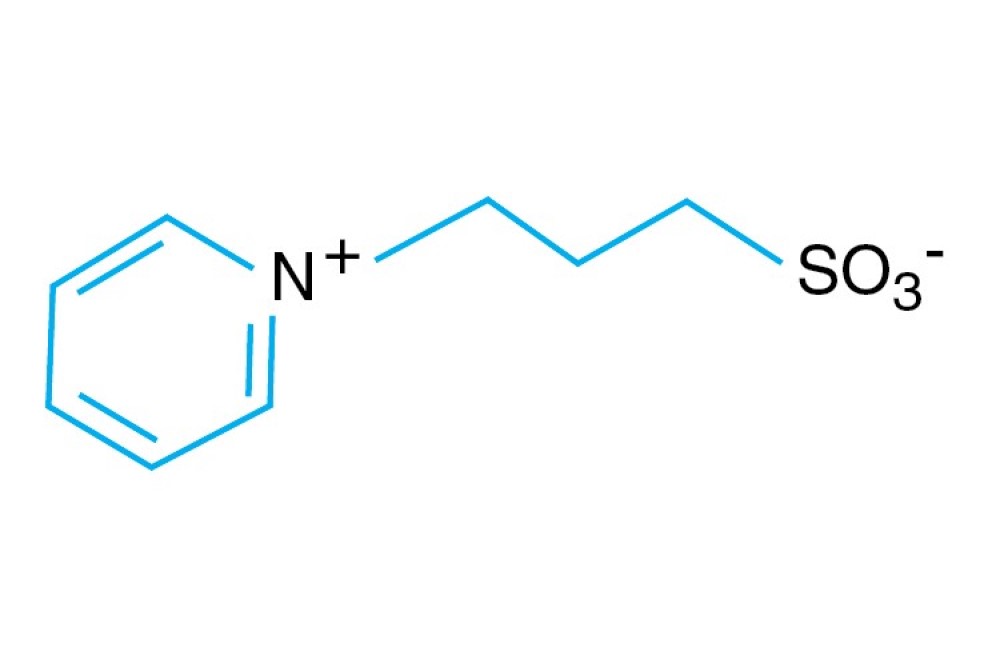上海金畔生物代理Hampton research品牌蛋白结晶试剂耗材工具等,我们将竭诚为您服务,欢迎访问Hampton research官网或者咨询我们获取更多相关Hampton research品牌产品信息。
Products > Optimize Reagents > Optimize – Solubilizing Agents (NDSB) > NDSB-201
NDSB-201

CAT NO
HR2-701
NAME
DESCRIPTION
5 grams
PRICE
$43.00
支持材料
 HR2-701 NDSB-201 User Guide
HR2-701 NDSB-201 User Guide HR2-701 NDSB-201 SDS
HR2-701 NDSB-201 SDS参考
1. Vuillard, L., et al, J. Biochem., 305, 337 (1995).
2. Goldberg, M.E., et al, Folding and Design, 1, 21 (1996).
3. Vuillard et al. J.Cryst Growth (1996) vol 168 pp 150-154.

